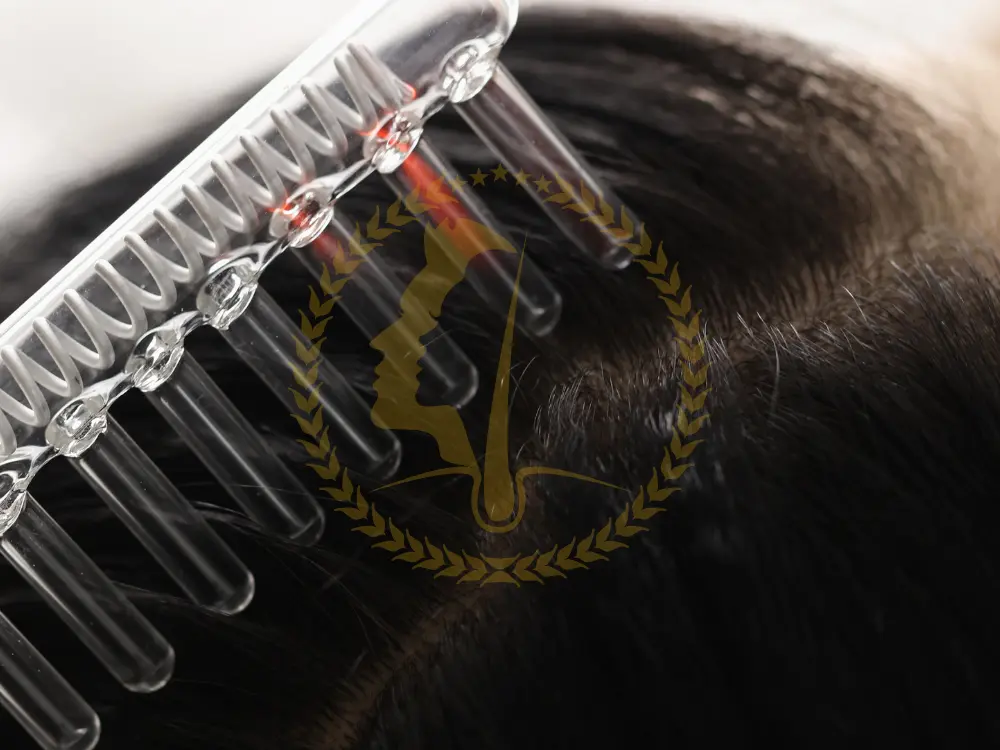Hair loss is a concern that affects millions of people globally, often leading to a loss of confidence and self-esteem. For those seeking a permanent solution, hair follicle surgery offers a promising option. This article will guide you through everything you need to know about hair follicle surgery, its benefits, and what to expect from the procedure.

Understanding Hair Follicle Surgery
Hair follicle surgery, commonly referred to as hair transplantation, is a specialized surgical procedure designed to combat hair loss by moving healthy hair follicles from one part of the scalp (usually the back or sides) to areas experiencing thinning or baldness. This procedure has evolved over the years and now offers natural-looking results that can last a lifetime.
The Two Primary Methods of Hair Follicle Surgery
There are two main techniques used in hair follicle surgery, each with its own set of advantages:
Follicular Unit Transplantation (FUT)
FUT, also known as the strip method, involves removing a thin strip of scalp from the donor area. The strip is then divided into small units containing one or more hair follicles. These units are meticulously implanted into the balding areas, ensuring that the hair grows in a natural pattern.
Follicular Unit Extraction (FUE)
FUE is a more modern and minimally invasive technique. In this method, individual hair follicles are extracted directly from the donor area using a specialized tool. These follicles are then implanted into the thinning or balding areas. FUE is preferred by many patients due to its quicker recovery time and minimal scarring.

7 Crucial Facts About Hair Follicle Surgery
Before deciding on hair follicle surgery, it’s essential to be fully informed about what the procedure entails and what you can expect. Here are seven crucial facts that can help you make an informed decision:
1. Hair Follicle Surgery Provides Permanent Results
One of the most significant benefits of hair follicle surgery is that it offers a permanent solution to hair loss. The transplanted hair follicles are typically taken from areas resistant to the hormone DHT (dihydrotestosterone), which is the primary cause of hair loss. This means that once transplanted, the hair is unlikely to fall out, providing a long-term solution.
2. Natural-Looking Outcomes
With advancements in surgical techniques, hair follicle surgery can produce results that are indistinguishable from natural hair. Surgeons carefully design the hairline and strategically place the follicles to mimic natural hair growth patterns, ensuring that the results are both natural and aesthetically pleasing.
3. Minimally Invasive with Quick Recovery
Compared to other surgical procedures, hair follicle surgery, particularly the FUE method, is minimally invasive. Most patients experience only mild discomfort during the recovery period and can return to their regular activities within a few days. The small incisions made during FUE heal quickly and leave little to no visible scarring.
4. Customizable to Individual Needs
Hair follicle surgery is not a one-size-fits-all procedure. It is highly customizable, allowing patients to target specific areas of concern. Whether you need to restore a receding hairline, add density to thinning areas, or achieve fuller eyebrows or beard, the surgery can be tailored to meet your unique needs.
5. The Importance of Choosing a Qualified Surgeon
The success of hair follicle surgery largely depends on the skill and experience of the surgeon performing the procedure. It’s crucial to choose a board-certified surgeon with a proven track record in hair transplantation. An experienced surgeon can design a hairline that suits your facial features and ensure that the transplanted hair looks natural.
6. The Procedure Takes Time and Patience
While the surgery itself may take several hours depending on the number of grafts, the results are not immediate. After the procedure, it’s normal for the transplanted hair to shed within a few weeks. New hair growth typically begins around three months post-surgery, with full results visible after 9 to 12 months. Patience is key during this period.
7. It’s a Financial Investment with Long-Term Benefits
Hair follicle surgery can be expensive, but it’s important to view it as a long-term investment. Unlike temporary solutions such as wigs or medications that require continuous use, hair follicle surgery offers a permanent solution. Over time, the procedure can save you money by eliminating the need for ongoing hair loss treatments.
The Hair Follicle Surgery Process: What to Expect
Knowing what to expect before, during, and after hair follicle surgery can help you prepare and make the process smoother.
Pre-Surgery Consultation
The first step in your hair restoration journey is a consultation with a qualified surgeon. During this consultation, the surgeon will assess your hair loss pattern, discuss your goals, and determine whether you are a good candidate for the procedure. This is also the time to discuss which method (FUT or FUE) is most suitable for your situation.
Preparing for the Procedure
In the days leading up to the surgery, your surgeon will provide you with specific instructions to prepare for the procedure. This might include avoiding certain medications, stopping smoking, and washing your hair with a prescribed shampoo. Proper preparation can help minimize the risk of complications and ensure the best possible outcome.
The Surgery Day
On the day of the surgery, you’ll be given local anesthesia to numb the scalp, so you won’t feel any pain during the procedure. Depending on the method chosen (FUT or FUE), the surgeon will either remove a strip of scalp or extract individual follicles from the donor area. These follicles will then be implanted into the thinning or balding areas, following your natural hair growth pattern.
Post-Surgery Care
After the procedure, you may experience some swelling, redness, and minor discomfort in the treated area. Your surgeon will provide you with detailed post-operative care instructions, including how to care for your scalp, what activities to avoid, and when to return for a follow-up appointment. Following these instructions is crucial for a successful recovery.
Recovery and Results
The recovery period for hair follicle surgery is relatively short. Most people can resume normal activities within a week. However, it’s important to note that the full results of the surgery will take time to become apparent. While initial hair shedding is normal, new hair growth will start around three months after the surgery, with noticeable improvements visible within 6 to 12 months.

FAQs About Hair Follicle Surgery
1. Is hair follicle surgery painful?
Hair follicle surgery is performed under local anesthesia, so you shouldn’t feel any pain during the procedure. Some discomfort or soreness may occur during the recovery phase, but it is typically mild and can be managed with pain relievers.
2. How long does the hair follicle surgery procedure take?
The length of the procedure varies depending on the number of grafts being transplanted. On average, the surgery can take anywhere from 4 to 8 hours.
3. Are there any risks associated with hair follicle surgery?
As with any surgical procedure, there are potential risks, including infection, scarring, or unnatural-looking results. However, these risks are minimal when the surgery is performed by an experienced and qualified surgeon.
4. Who is a good candidate for hair follicle surgery?
Ideal candidates are individuals with sufficient donor hair on the back or sides of the scalp, good overall health, and realistic expectations about the results.
5. Will the results of hair follicle surgery look natural?
Yes, when performed by a skilled surgeon, the results of hair follicle surgery can look very natural. The transplanted hair will grow in the same direction and pattern as your existing hair.
6. How soon can I return to work after hair follicle surgery?
Most patients can return to work within a few days after the procedure, especially if they undergo the FUE method, which has a quicker recovery time.
GLOJAS Specialist Clinic offers expert hair loss treatment through personalized, evidence-based plans developed by board-certified specialists. Using FDA- and CE-approved technologies like PRP therapy and precision hair restoration, we ensure safe, effective results. Comprehensive aftercare and follow-up support reinforce patient trust, making GLOJAS a reliable authority in hair restoration solutions.
Read More : Hair Transplant
